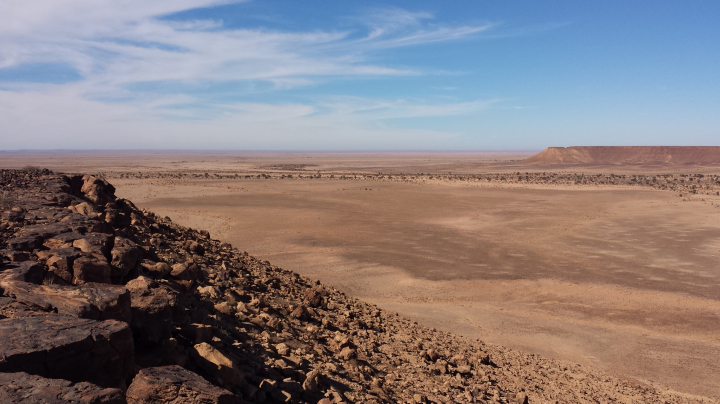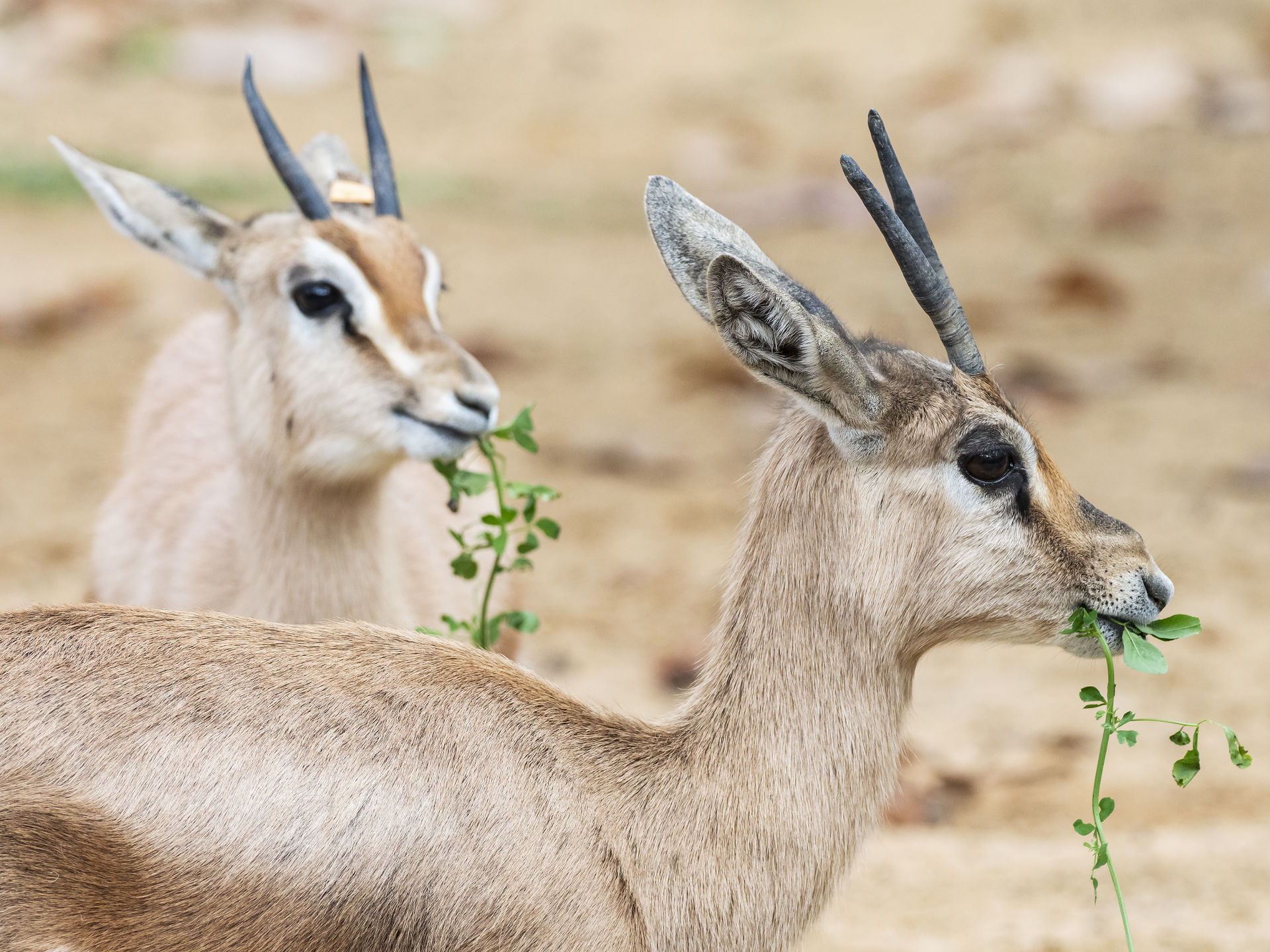
The Saharan megafauna is in serious decline and in a critical state of conservation. For this reason, action measures must be implements to reverse this trend and contribute to their conservation. One of the areas with the greatest diversity in this desert is the Atlantic Sahara. There are three prominent ungulate species here: Cuvier’s gazelle (endemic to North Africa), the Dorcas gazelle and the Barbary sheep. These species are catalogued as Vulnerable by the IUCN and Endangered in Morocco, and their trend is shrinking.
Due to extreme conditions, the distance and hardships of the terrain, study tools and techniques must be employed that are adapted to this unique setting. The most effective methods for obtaining information are based on indirect and non-invasive techniques, such as camera traps. Systematic camera trapping will be done in this project, installing 30 cameras situated in representative areas of the study region, previously selected after conducting a survey and study of the fauna between 2011 and 2016. The general purpose is to determine the presence, current distribution and abundance of Cuvier’s gazelle (Gazella cuvieri), the Dorcas gazelle (Gazella dorcas) and the Barbary sheep (Ammotragus lervia sahariensis) in the north of the Atlantic Sahara, in particular the mountains of Djebel Ouarkziz and Aydar and the rock desert of Hamada de Tindouf.
The information obtained will be used to evaluate their current state of conservation in situ and to implement conservation measures. The development and continuity of this project also plans to share and publicise the unique biological heritage of this region, increase the bilateral relations between Spain and Morocco in the field of conservation, and the flow and exchange of professionals, which will entail the development of new projects, as well as giving an economic boost to the region.




